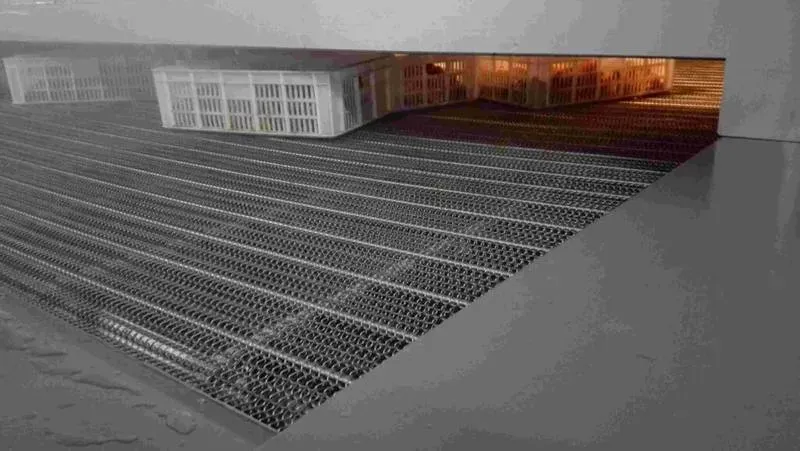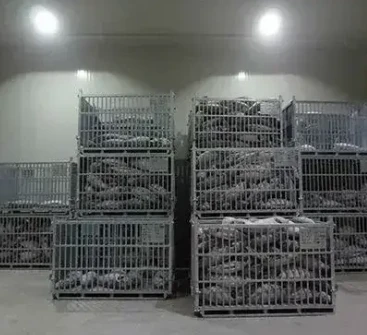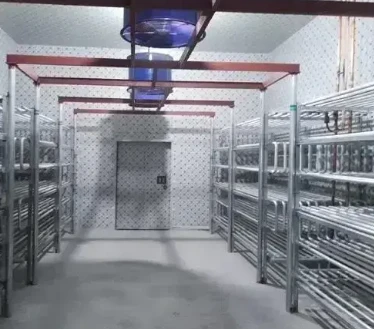Chilled Water System Thermal Energy Storage Tank Solutions for Efficient Cooling Applications
Thermal Storage Tank for Chilled Water System Enhancing Energy Efficiency and Sustainability
In the quest for energy efficiency and sustainable building practices, the integration of thermal storage tanks into chilled water systems has emerged as a significant innovation. These systems provide a method to store excess cooling energy, which can then be utilized during peak demand periods, thereby reducing the overall energy consumption and costs associated with air conditioning and cooling.
Understanding Thermal Storage Tanks
A thermal storage tank for a chilled water system operates by storing chilled water that has been cooled during off-peak hours, typically at night when electricity rates are lower. The cooled water is then circulated through the building during the day when temperatures rise and demand for cooling peaks. This method not only alleviates pressure on the electrical grid during peak hours but also takes advantage of lower energy costs, translating to substantial savings for building operators.
Types of Thermal Storage Systems
There are primarily two types of thermal storage systems used with chilled water sensible heat storage and latent heat storage.
1. Sensible Heat Storage This type of storage involves chilling water and storing it in a tank. The amount of energy stored is directly proportional to the temperature difference. When the chilled water is circulated through the building, it absorbs heat, and its temperature rises, providing cooling to the spaces served.
2. Latent Heat Storage This system utilizes phase-change materials that can absorb and release large amounts of energy while changing states (e.g., from solid to liquid). Latent heat storage is more efficient in terms of space since it can store more cooling energy in a smaller volume compared to sensible heat storage.
Applications and Benefits
Thermal storage tanks are widely applicable in commercial, industrial, and institutional settings. They can significantly enhance the performance of large-scale cooling systems such as those found in shopping malls, office buildings, hospitals, and educational institutions.
thermal storage tank for chilled water system

Key Benefits
1. Cost Savings Utilizing off-peak energy for cooling can lead to lower operational costs. Chilled water systems with thermal storage reduce reliance on on-peak electricity, allowing facilities to avoid higher utility rates during peak hours.
2. Load Shifting Thermal storage systems can help balance electrical loads throughout the day. By shifting the cooling load from peak to off-peak hours, these systems contribute to a more stable and reliable energy grid.
3. Increased System Efficiency They enhance the efficiency of chillers and reduce wear and tear, leading to a longer lifespan for equipment. Additionally, operators can run chillers at optimal settings, improving their overall performance.
4. Environmental Sustainability The reduction in energy consumption translates to decreased greenhouse gas emissions. By optimizing energy usage and promoting the use of renewable energy sources during off-peak hours, thermal storage systems contribute to more sustainable building operations.
5. Enhanced Comfort By maintaining a steady supply of chilled water, these systems ensure consistent indoor temperatures, improving occupant comfort during the hottest parts of the day.
Conclusion
The integration of thermal storage tanks into chilled water systems is an innovative approach that aligns with the modern demands of energy efficiency and sustainability. By harnessing off-peak energy and reducing peak load demands, these systems not only provide significant cost savings for building operators but also promote environmental stewardship.
As the need for intelligent and adaptive energy solutions grows, the role of thermal storage in advanced cooling systems will undoubtedly become even more pivotal. Embracing this technology is not just an option but a necessity for future-ready buildings aiming to achieve operational excellence and support a sustainable future.
-
Transform Operations with Vacuum Freezer MachineNewsMay.14,2025
-
Enhance Business with Cold Room TechnologyNewsMay.14,2025
-
Vacuum Freezer Machine for Modern NeedsNewsMay.09,2025
-
Discover Our Comprehensive Cold Room SolutionsNewsMay.09,2025
-
Cold Room Solutions for Your BusinessNewsMay.08,2025
-
Advanced Vacuum Freezer MachineNewsMay.08,2025
















































































































